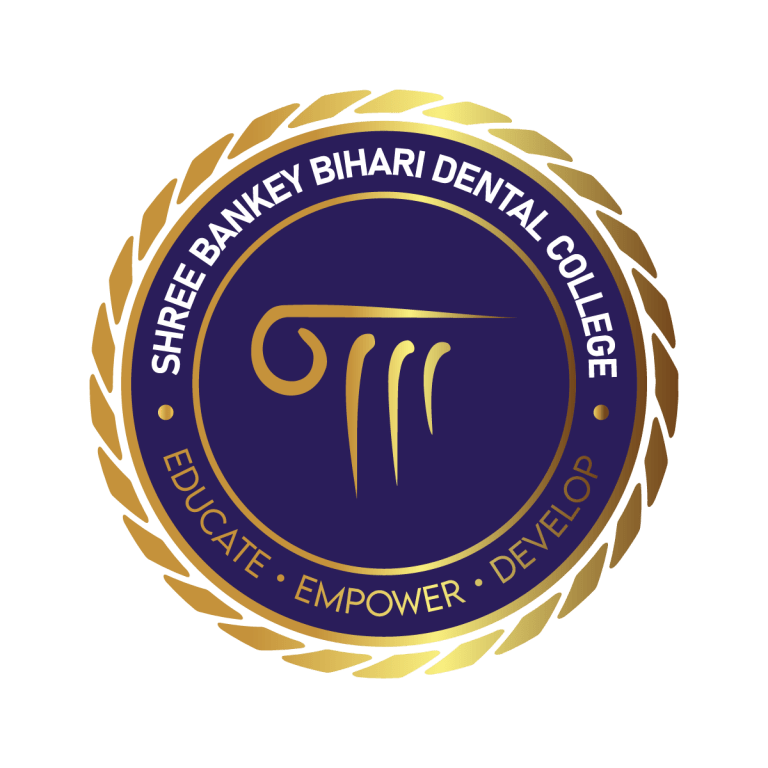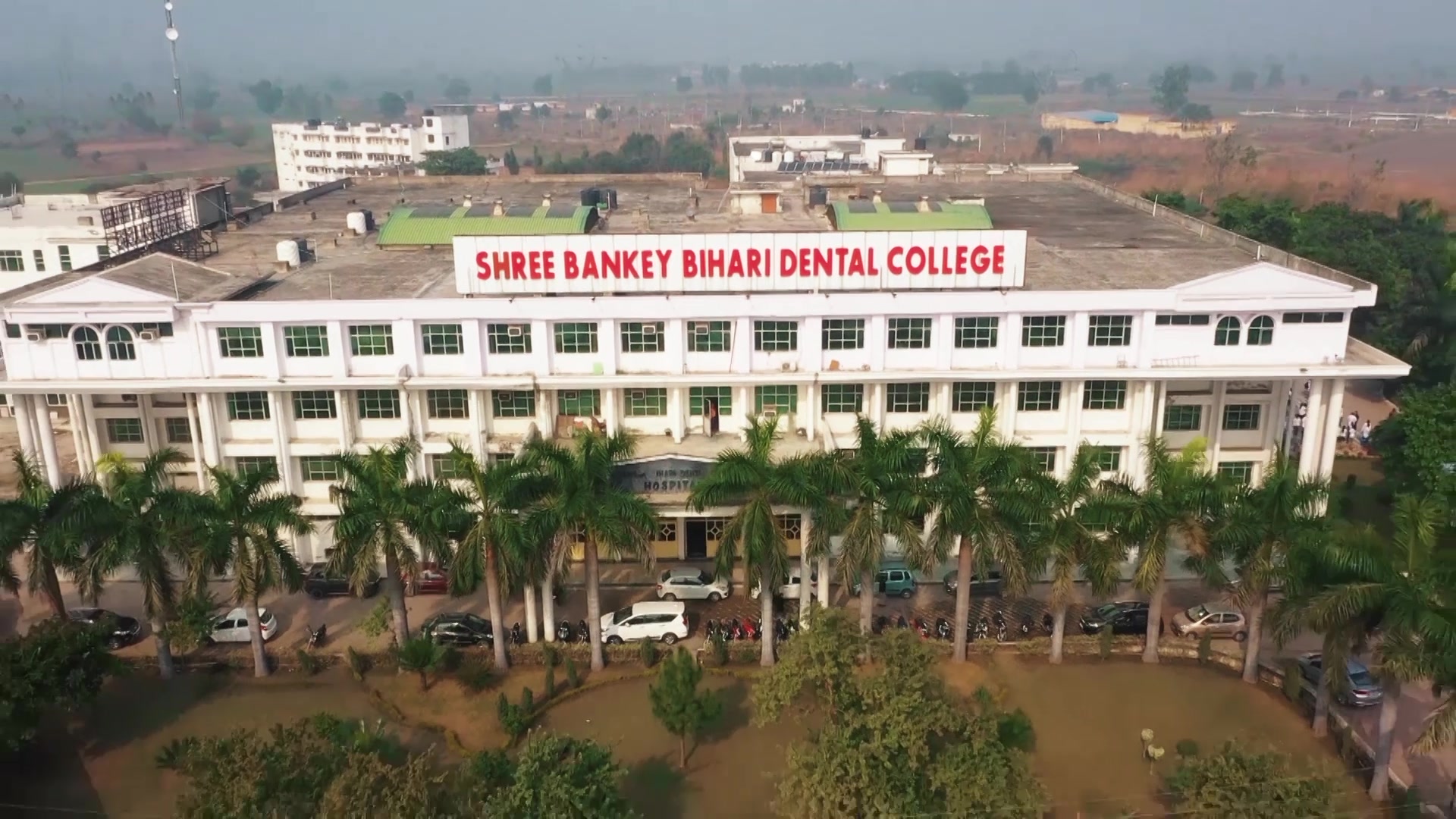Conclusion
In conclusion, interdisciplinary collaboration is not just a concept but a cornerstone of excellence in dental education. Through its multifaceted approach, Shree Bankey Bihari Dental College, a Top Dental College in Ghaziabad , exemplifies the trans-formative power of collaboration in shaping the next generation of dental professionals.






FAQs
Why is interdisciplinary collaboration important in dental education?
Interdisciplinary collaboration fosters innovation, enhances critical thinking, and prepares students for the complexities of modern dental practice.
How does Shree Bankey Bihari Dental College promote interdisciplinary collaboration?
The college integrates interdisciplinary content into its curriculum, encourages research initiatives, and facilitates hands-on clinical experiences involving diverse disciplines.
What challenges are associated with interdisciplinary collaboration in dental education?
Challenges such as faculty resistance, logistics, and communication barriers may hinder interdisciplinary collaboration but can be overcome through proactive measures.
What are the long-term benefits of interdisciplinary education for dental students?
Interdisciplinary education equips students with versatile skill sets, enhances their problem-solving abilities, and prepares them for successful careers in dentistry.
How can students make the most of interdisciplinary collaboration opportunities?
Students can actively participate in interdisciplinary forums, engage in research projects, and seek mentorship from faculty members to maximise the benefits of interdisciplinary collaboration.